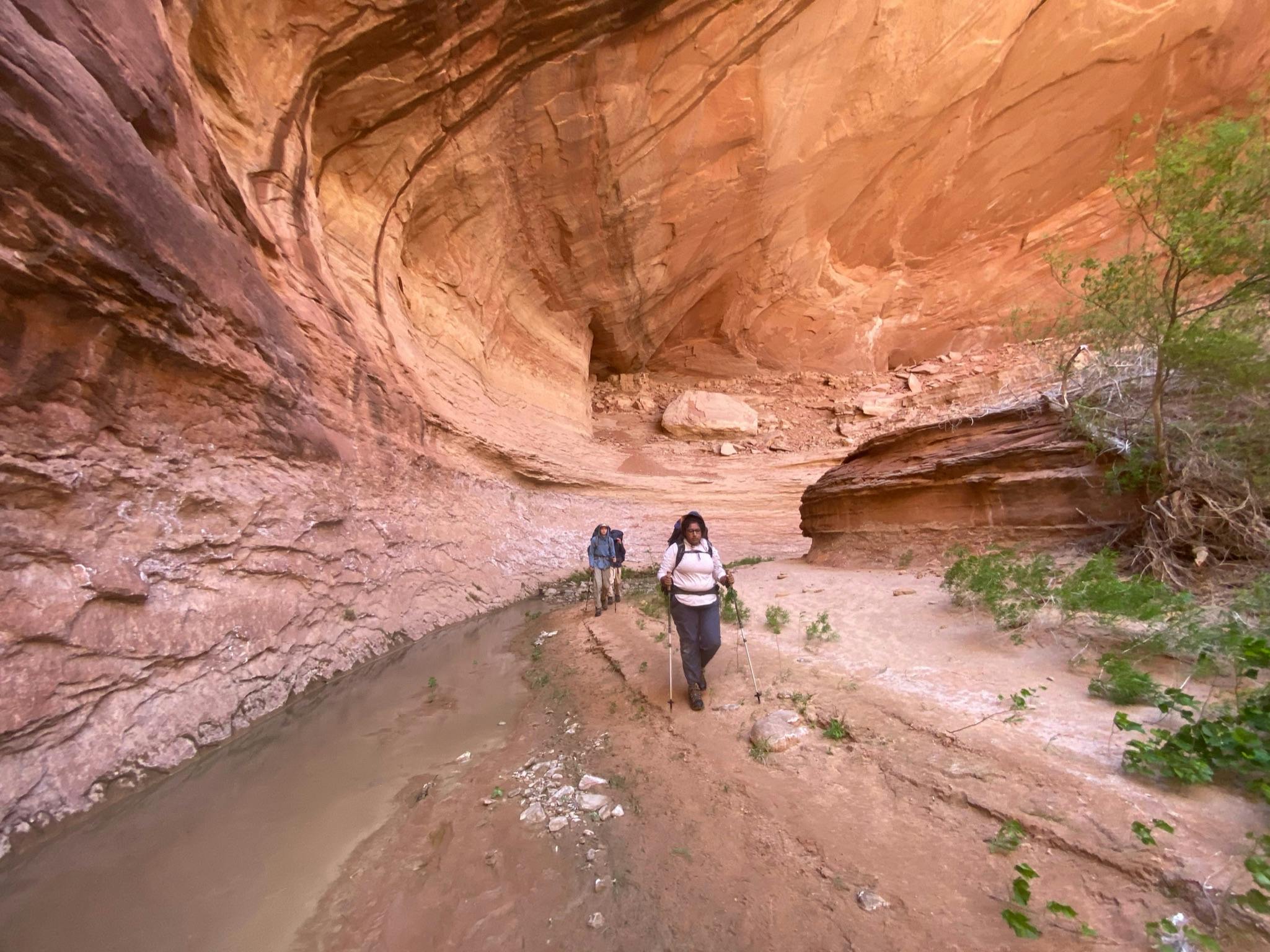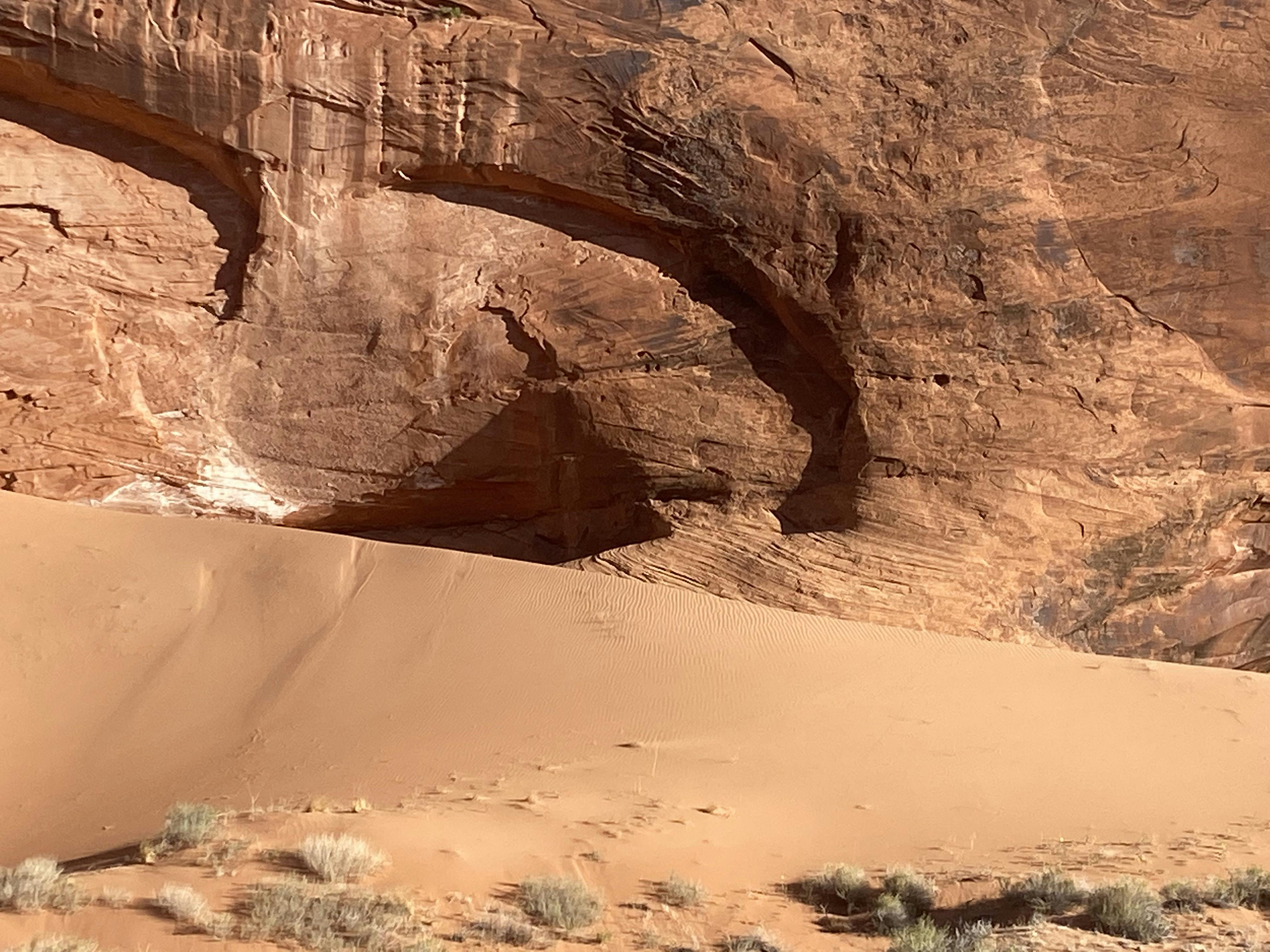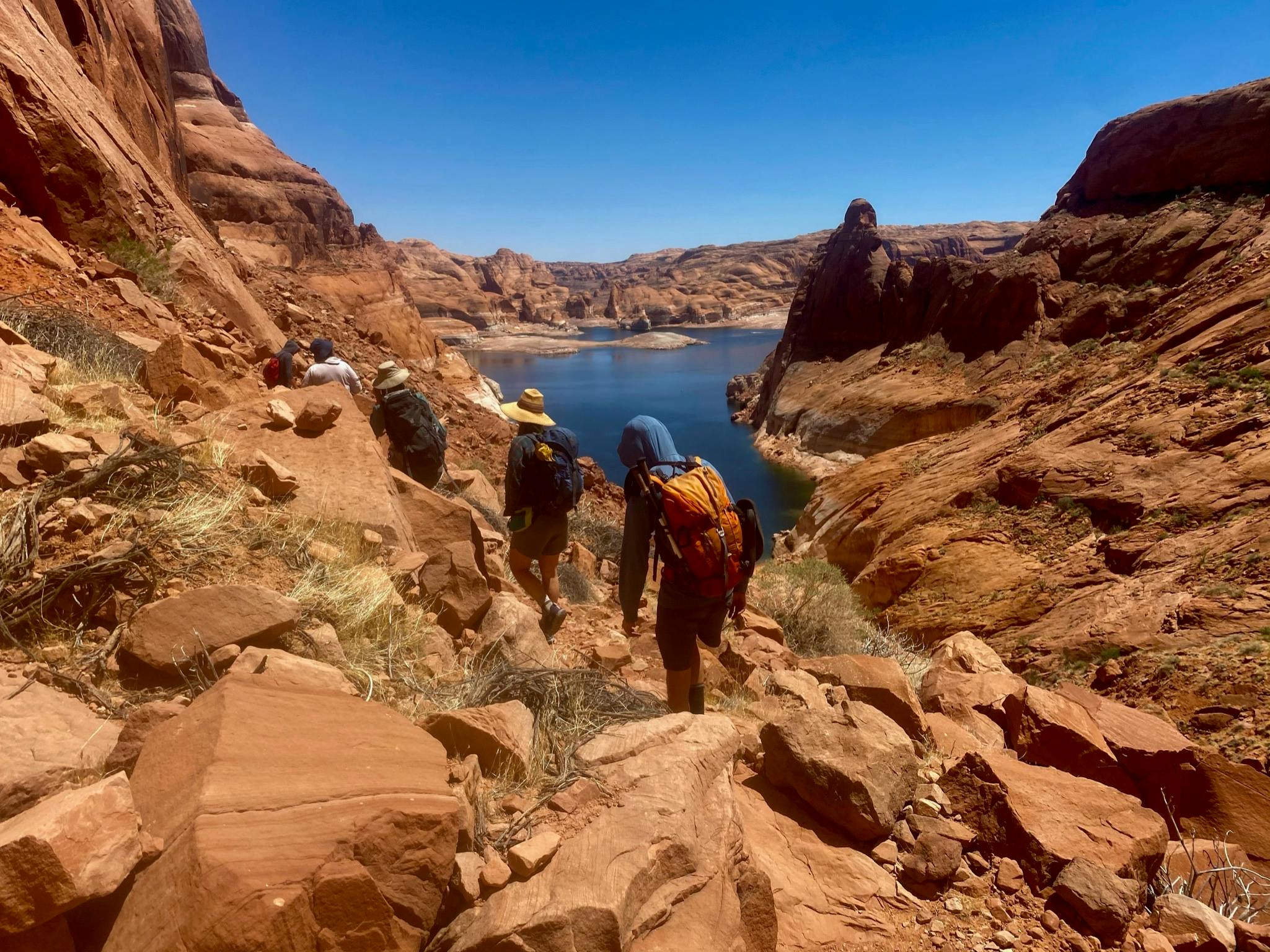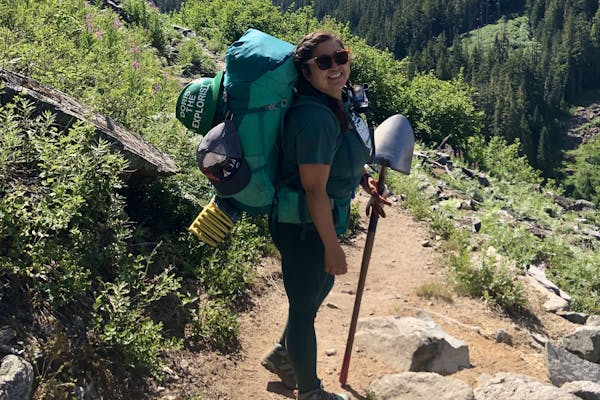Author Rakhi Agrawal is a 2021 Wild Gift Fellow, as well as co-founder of Outdoor Rep, a mission-driven organization providing outdoor gear grants for low-income and BIPOC folks supported by both Wild Gift and Oboz.
Describe a desert. No really, do it.
Three months ago, if you had asked me to describe a desert, I would’ve closed my eyes and pictured a desert I once visited in a state park outside of Tucson—white sand, pebbles, dry, treeless in every direction, cacti galore. Little did I know at the time, deserts can be as diverse in terms of terrain and flora and fauna as the ways in which people learn to tie shoelaces (read: there are a LOT).
Now, it’s probably important to share that I don’t self-identify as some environmental or outdoor junkie—I developed a love of the outdoors pretty late in life, visiting a national park for the first time and camping for the first time at age 26. Through spending time immersed in nature, I have found a way of incorporating (mental) rest into my life, a crucial step for me in healing from trauma. After a year locked indoors during a global pandy, I needed some way to force myself to get outside. And, boy oh boy, did I get just that.
In May, I had the opportunity to visit southeast Utah
—the lands belonging to the Paiute, Navajo, Hopi, Ute, Pueblos, Anasazi, and Fremont peoples—as part of a three-week backpacking trip through Wild Gift. It’s safe to say that I didn’t really know what I was getting myself into. If it hadn’t been for our page-long packing trip, I would’ve probably brought along my one pair of sneakers instead of the Bridger Vent Mid in a women’s 11 wide that Oboz very generously outfitted us with prior to the trek.

We—myself and the other fellows on the trek—quickly learned that Utah desert was very different than deserts we had been dreaming up in our head. There were steep hills of slick rock. There were slot canyons filled with water. There were mazes of poison ivy. And—my archnemesis—there were MOUNDS of something I’ve termed ‘avalanche sand’.
Now, if you’ve been to southeast Utah, or think you know the terrain I’m trying to describe here, let me give you a few more strokes of what ‘avalanche sand’ acts like. Avalanche sand is this beautiful, terracotta red—the kind people seek out to paint their southwestern-inspired homes or flower pots. It is incredibly soft and nonabrasive—you could take a nice nature nap in it if you wanted to. It is also easy to dig into and if you dig far enough, you might just find a cool patch of sand, unscorched by the sun.
But, as my name for it describes, avalanche sand can also induce panic, anger, and frustration by behaving as an avalanche—a true sandslide. You see, if you step on the sand incorrectly—aka are an inexperienced hiker-turned-backpacker-with-tight-hamstrings-and-ridiculously-flat-and-wide-feet-and-bad-knees—the sand will immediately start to give way as soon as you step on it, making hiking up a hill of it a ridiculously frustrating activity. As if getting your body uphill in 90 degree heat with a 70L pack strapped to you isn’t difficult enough, avalanche sand will pull a “I got you!...just kidding, I don’t got you” move by volleying downwards before you even have a chance to take your next step. It will erode any steps that your much-more-highly-skilled-and-much-more-in-shape trek friends have made for you in order to help you take better steps and get up the avalanche sand more quickly. If you listen closely, you can hear the avalanche sand whispering “sike!” as you grunt-plot a solution to circumvent the avalanches and not sink downward.

I will say—through all of the avalanche sand I had to brave over our 3-week trek—not once did my Oboz get filled with sand. Not once after sinking did I lift my foot out of the wave of sand to discover I was down a boot, and not once did I feel my plantar fasciitis, a delightful consequence of having the “flattest feet I have ever seen” per a podiatrist I saw as a child. Through such a dynamic terrain, Oboz were the most consistent resource, and the boots that carried me through over 100 miles over 20 days.





